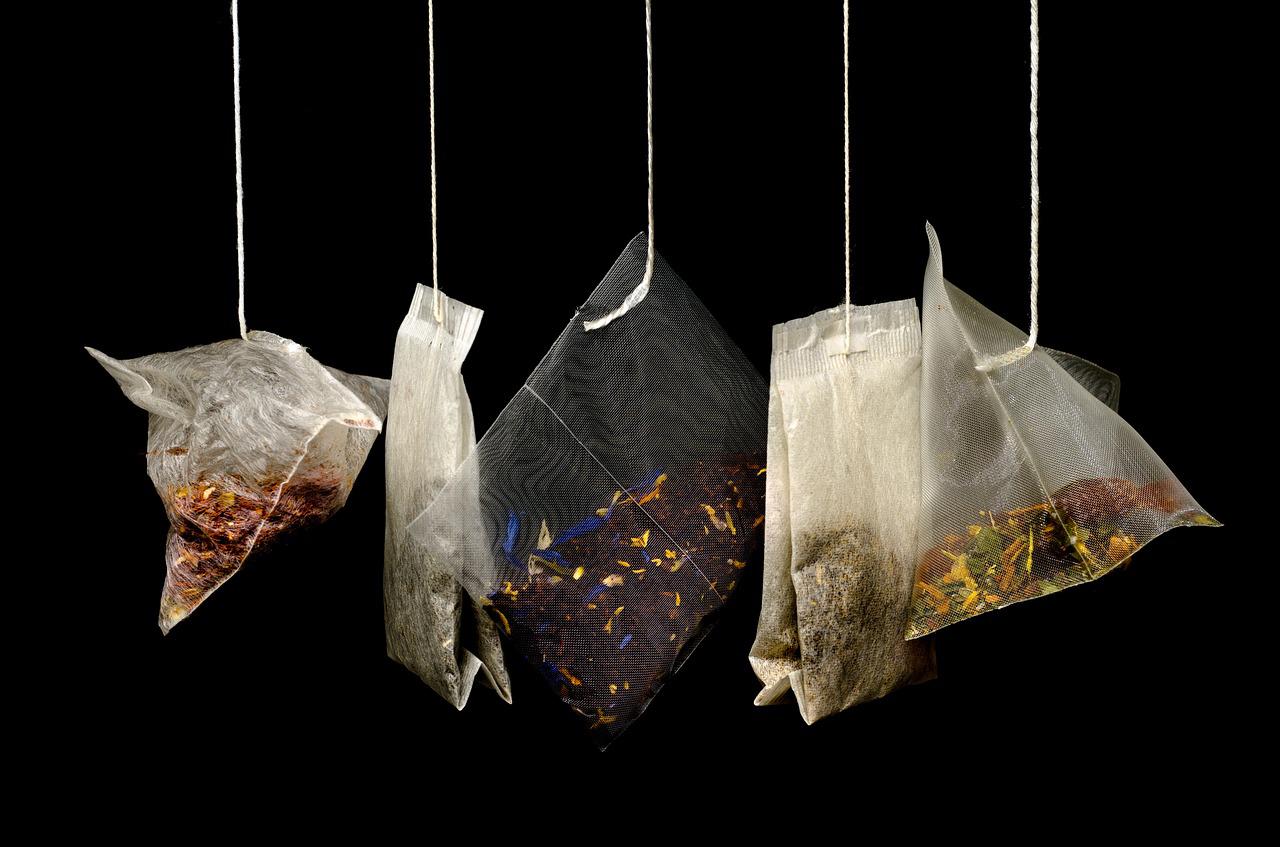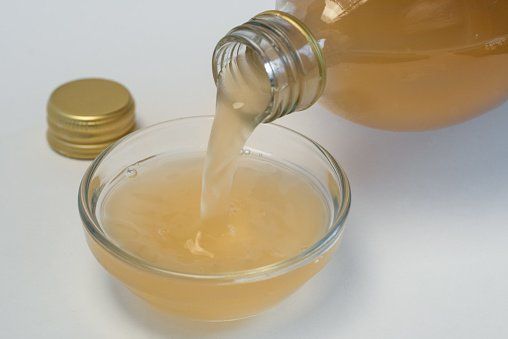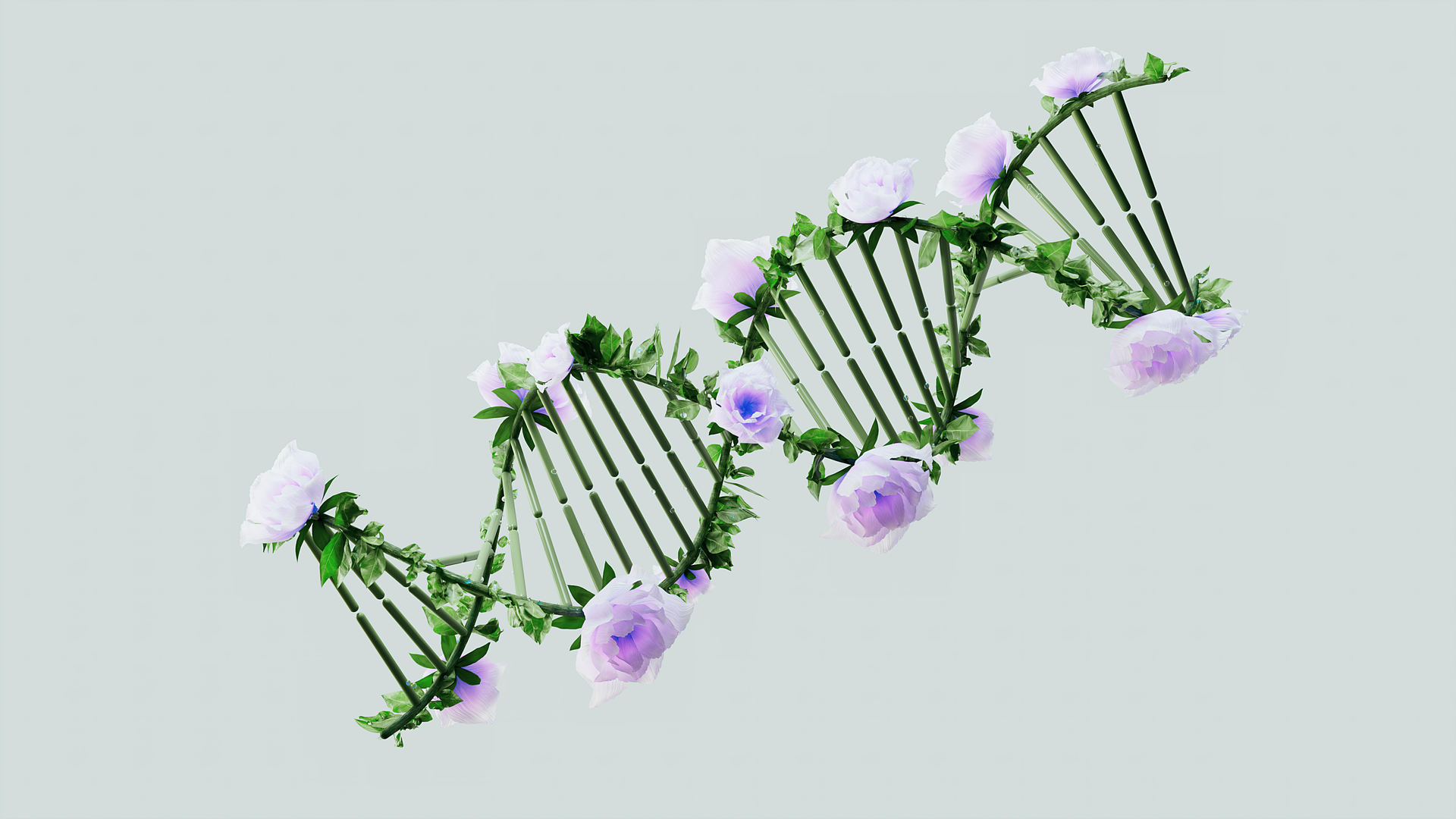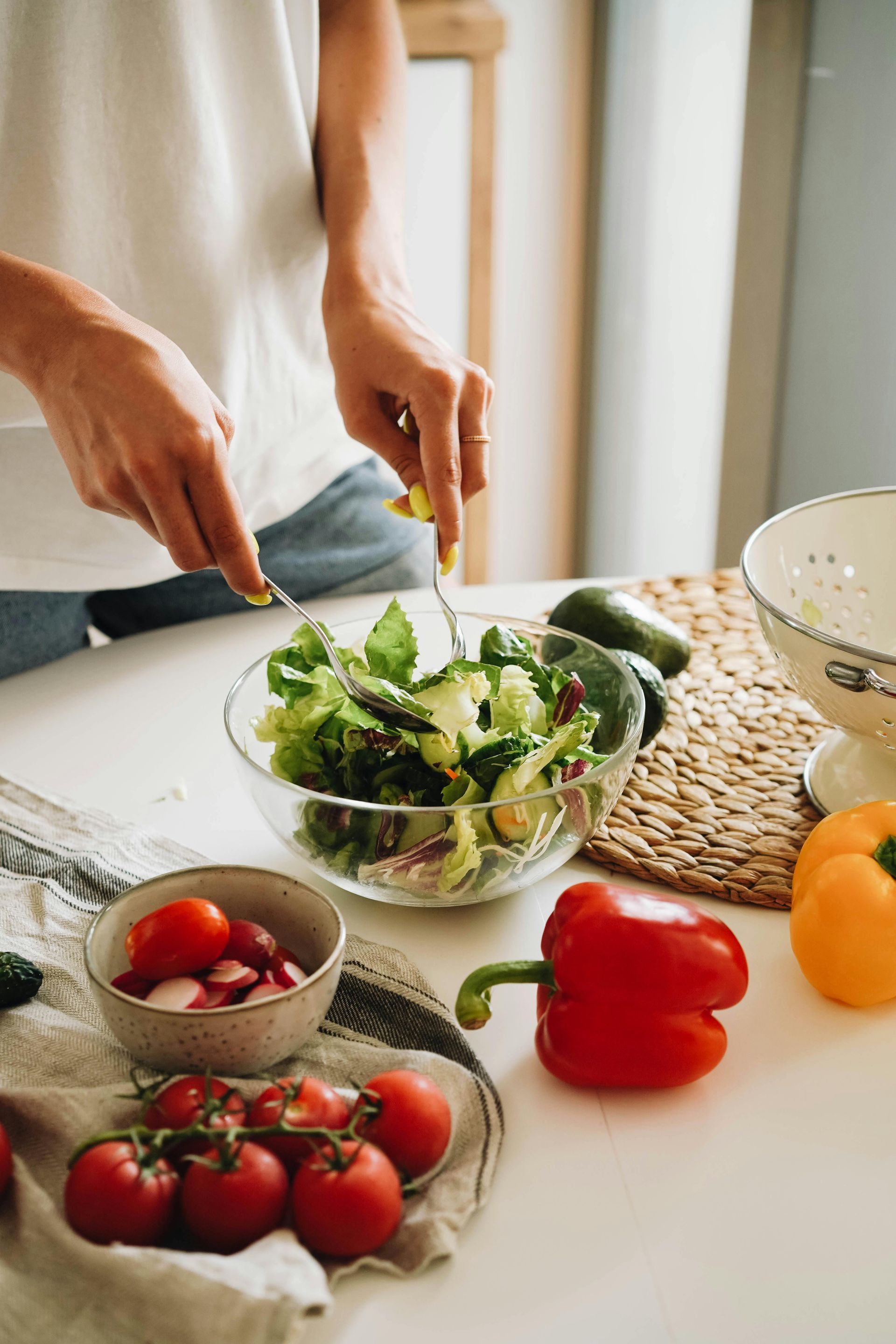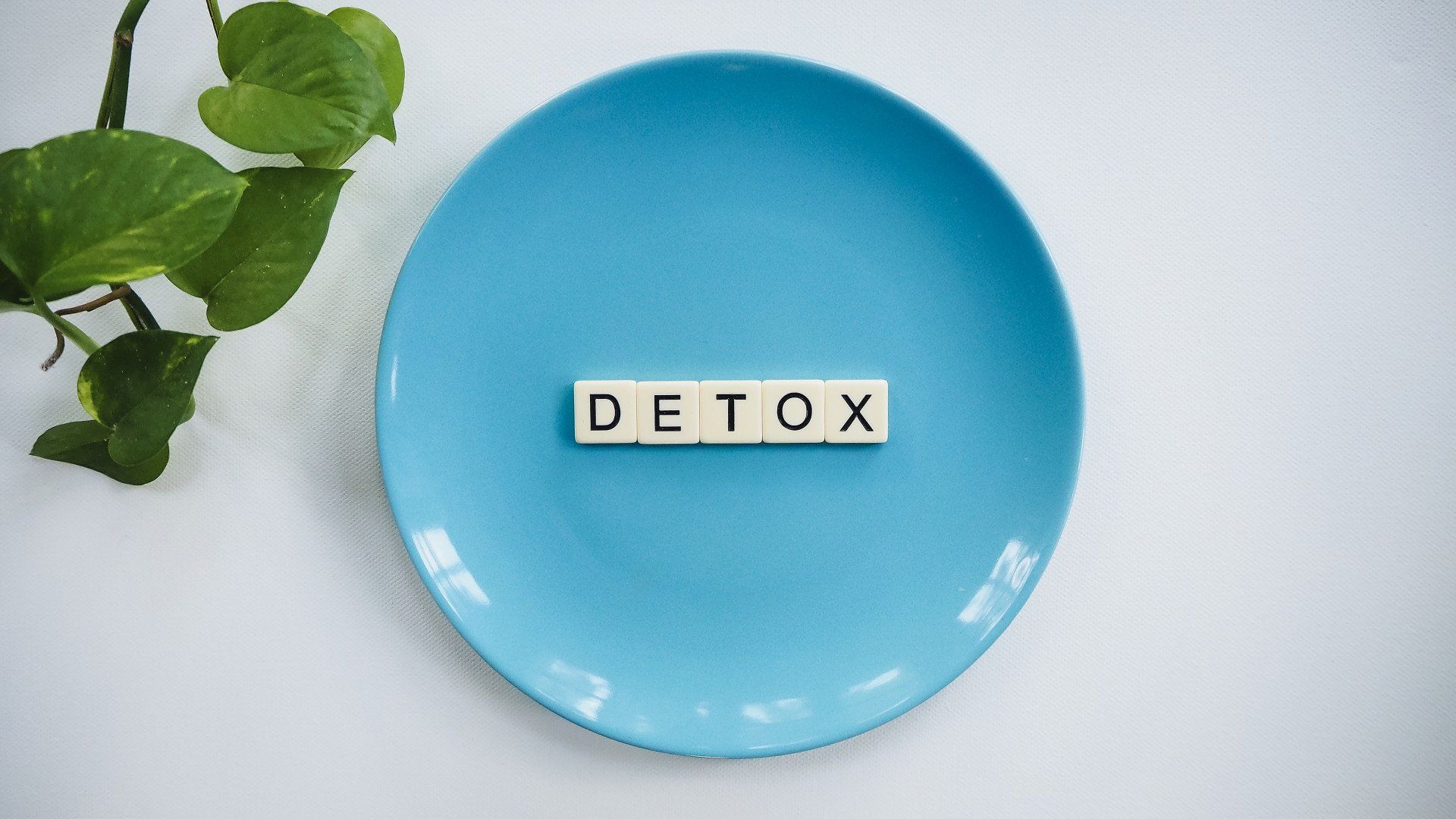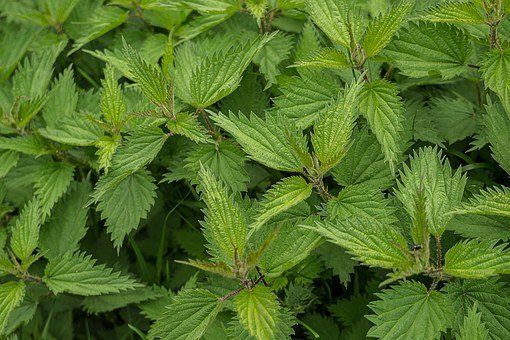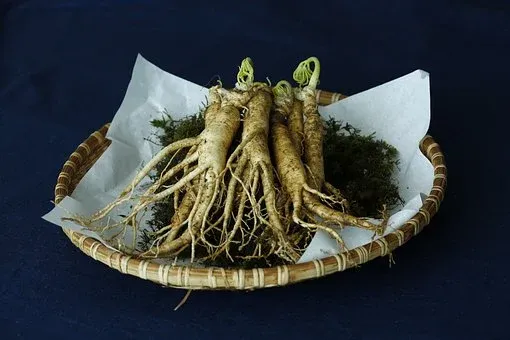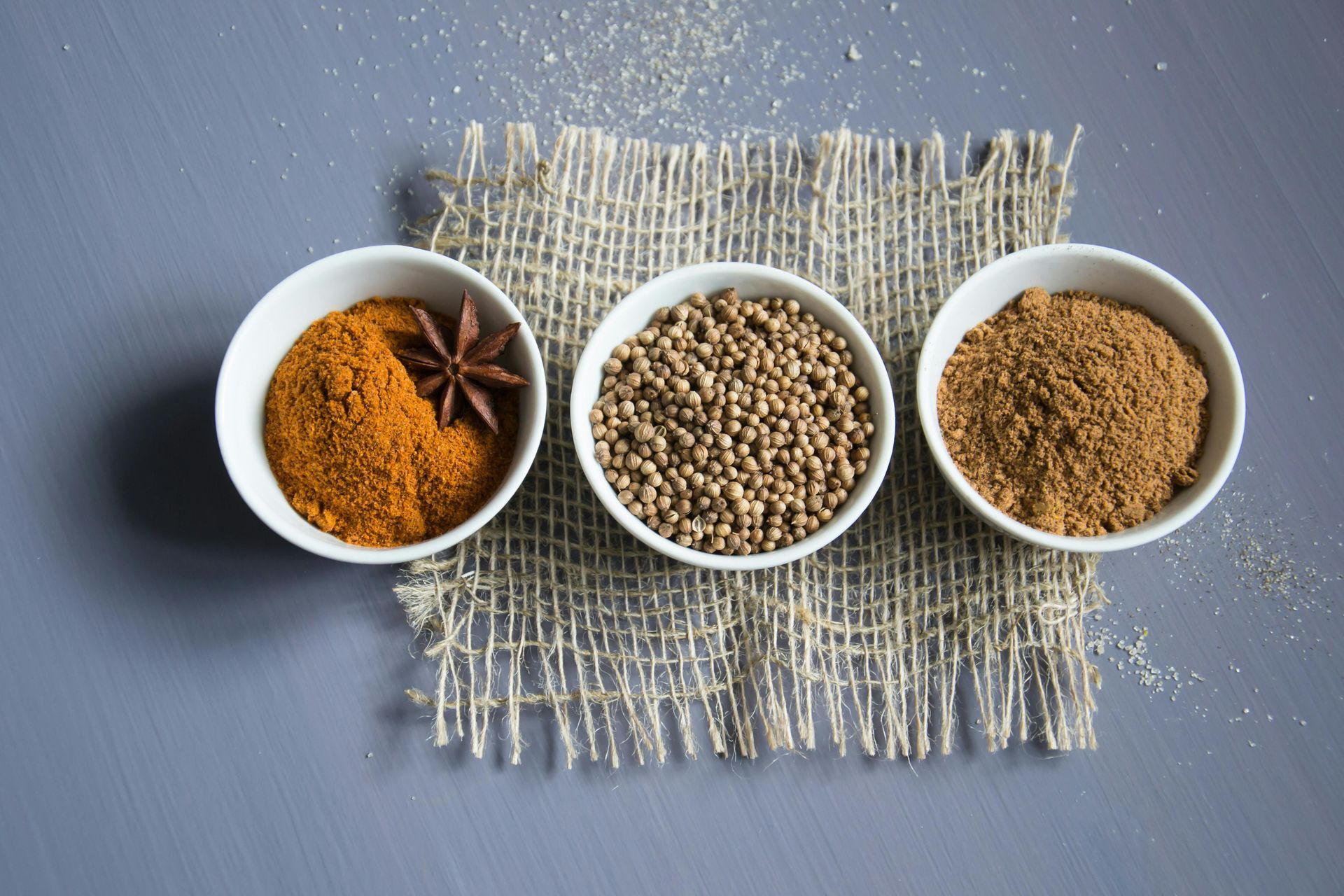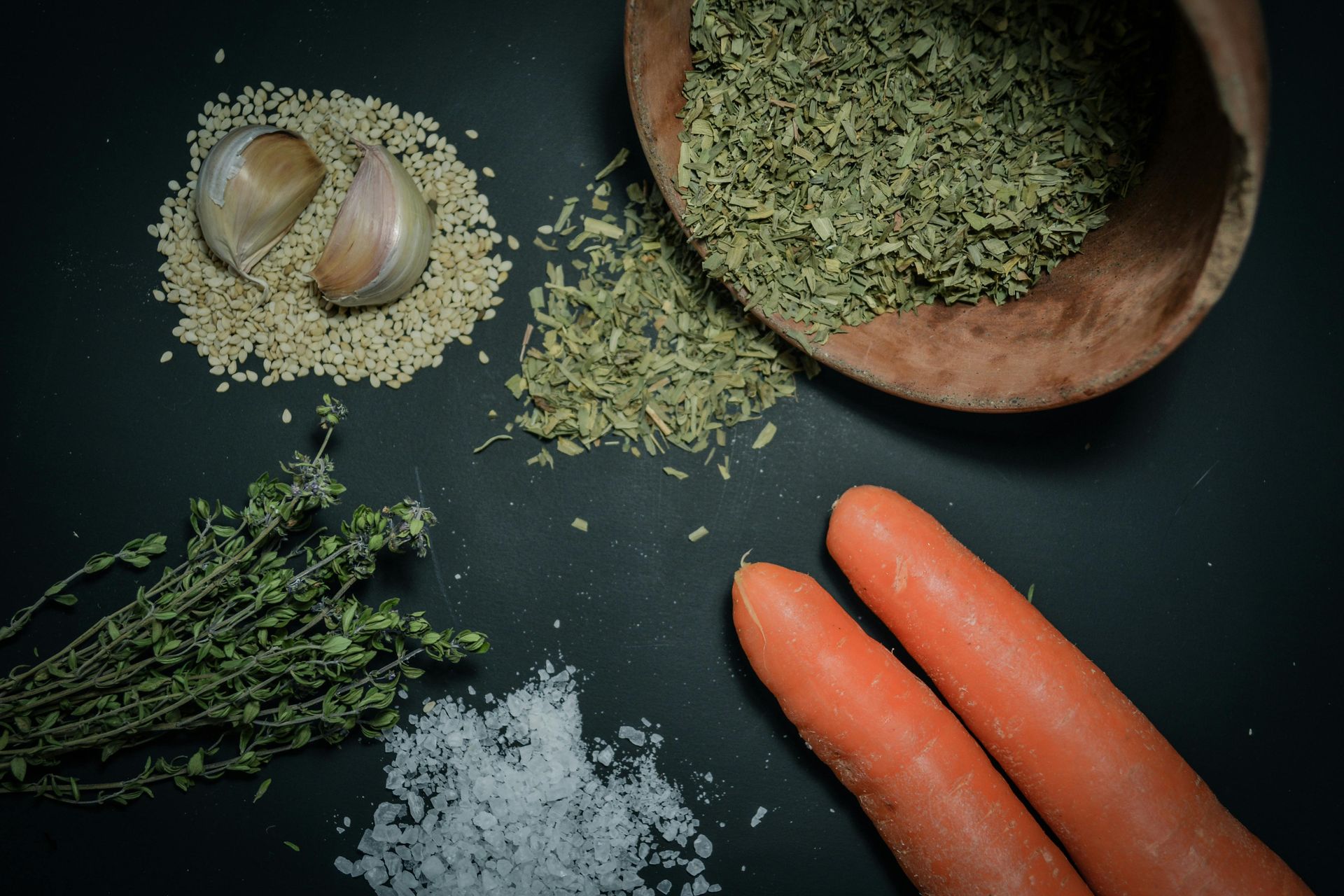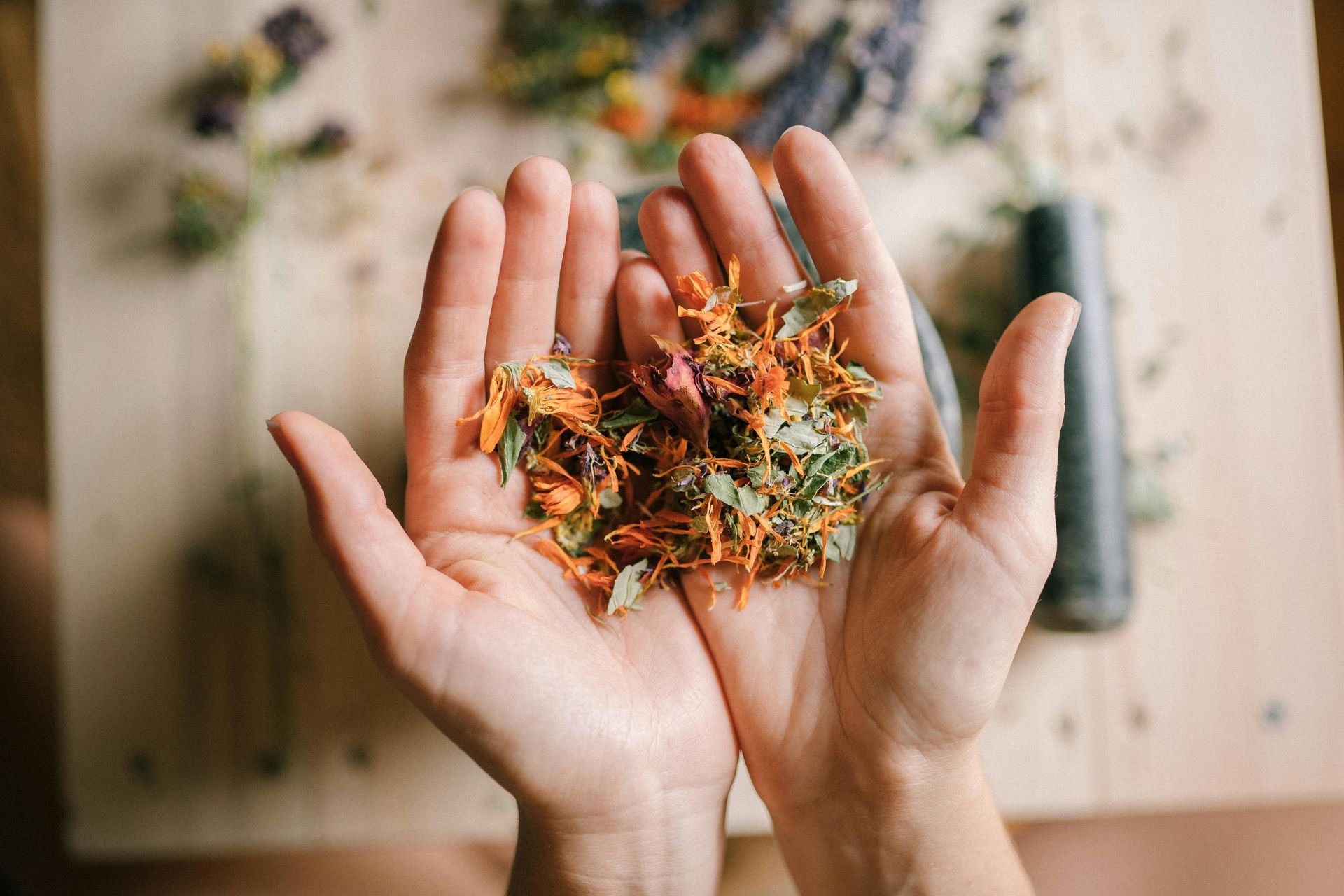
What a Registered Herbalist with the American Herbalists Guild Can Do for You: A Higher Standard of Care
What Is a Registered Herbalist with the American Herbalists Guild (AHG)?
When it comes to choosing an herbalist to support your health, the landscape can feel a bit overwhelming. While many practitioners offer herbal guidance, not all herbalists are created equal. If you’re looking for someone who combines deep knowledge, a commitment to ethical practices, and a superior understanding of the human body, working with a Registered Herbalist (RH) through the American Herbalists Guild (AHG)is a better choice.
As a Registered Herbalist, we are held to the highest professional and ethical standards, bringing evidence-based practices, a knowledge of herbal traditions and herbal energetics, plus years of formal training to our work.
What Is a Registered Herbalist with the American Herbalists Guild (AHG)?
The American Herbalists Guild (AHG) is the leading professional organization for herbalists in the United States. The Registered Herbalist (RH) credential is the AHG’s official recognition of a highly trained herbalist who has met specific education, clinical experience, and ethical requirements.
To become an RH, an herbalist must:
- Complete Extensive Education: A Registered Herbalist has undergone formal education in herbal medicine, often including coursework in botany, pharmacology, anatomy, physiology, nutrition, and clinical herbalism. This is not just weekend seminars or brief workshops; it’s comprehensive, in-depth training that can span years.
- Gain Clinical Experience: In addition to formal coursework, RHs must accumulate hundreds to thousands of hours in clinical training, where they learn to assess and treat clients in real-world settings. This hands-on experience with patients allows RHs to hone their diagnostic and treatment skills in a way that sets them apart.
- Pass Rigorous Peer Review: To become a Registered Herbalist, an herbalist must submit case studies and undergo peer review to ensure their practice is safe, ethical, and effective. This adds a level of accountability that ensures you’re receiving the best care possible.
- Maintain Continuing Education: The field of herbal medicine is constantly evolving. As an RH, I’m required to continue my education to stay current with the latest research, best practices, and emerging trends in herbal therapy. This commitment to learning ensures that I’m offering you the most up-to-date and scientifically-backed advice.
Whether you’re struggling with chronic health conditions, looking for support in managing stress, or simply wanting to boost your overall vitality, working with a Registered Herbalist provides you with a level of expertise and care that sets us apart from others in the field. If you’re ready to take a holistic approach to your health, an RH can be the trusted guide you need.
